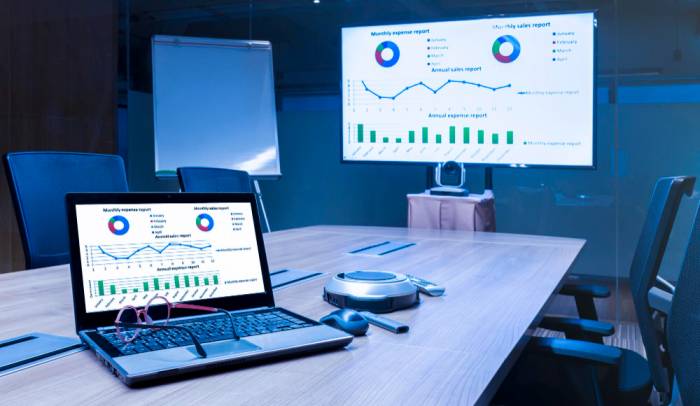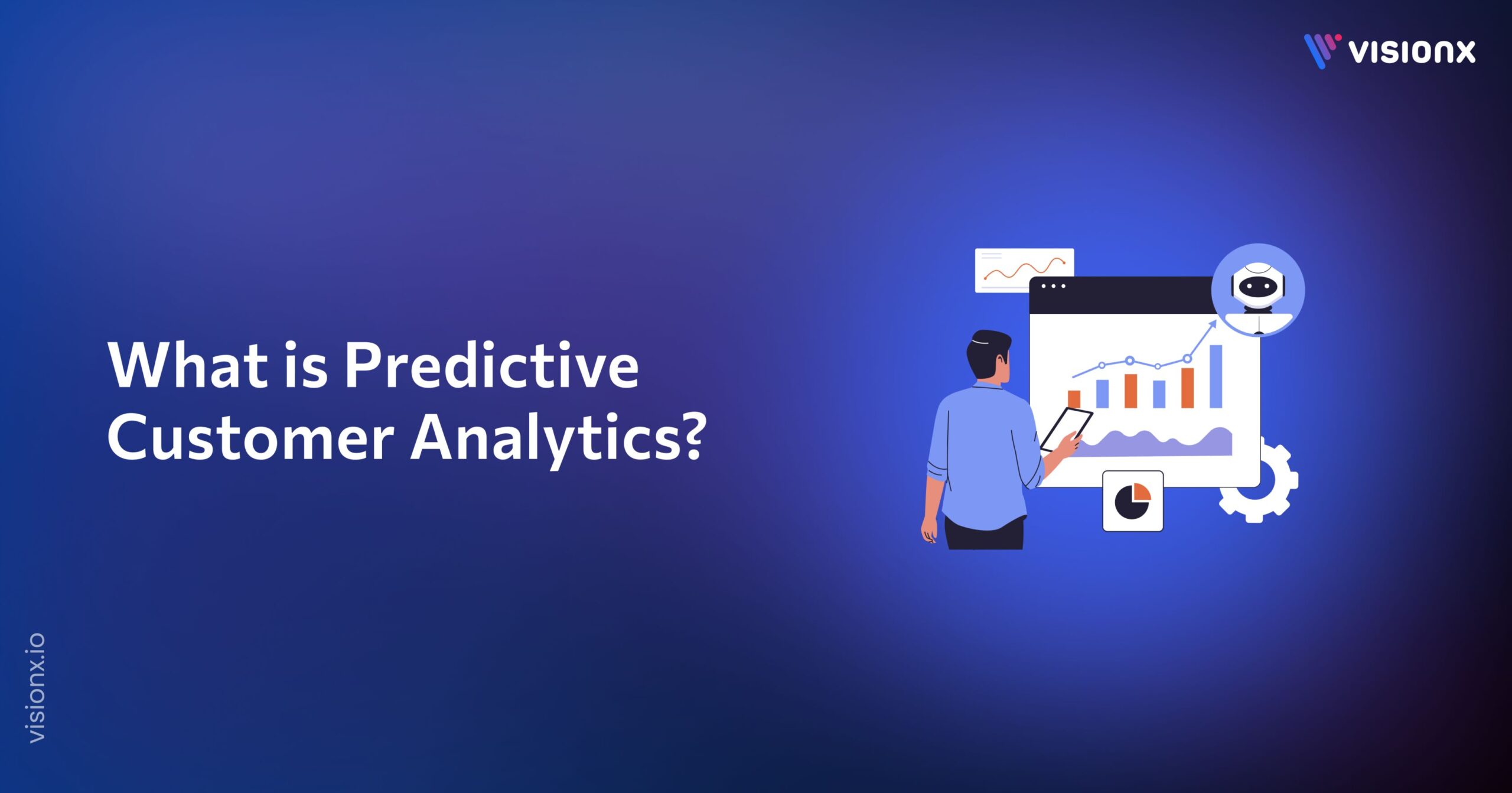Power BI and Tableau are two of the leading names when it comes to data visualization and business intelligence strategy. Both offer robust features but cater to different needs and user bases. This blog will help you understand the differences and similarities between Power BI vs Tableau, guiding you to make an informed choice based on your needs.
What is Power BI?
Power BI, a Microsoft product, is known for its integration with other Microsoft services. It’s a user-friendly tool designed for everyday business users. Power BI is best for those already using Microsoft products.
Features:
1. Integration with Microsoft Products
Power BI integrates seamlessly with Excel, Azure, and other Microsoft services.
2. User-Friendly Dashboard
Its dashboard is intuitive, making it easy to navigate and use.
3. Data Connectivity
It connects to various data sources, including cloud-based and on-premise data.
4. Custom Visualizations
Allows the creation of custom visualizations and the use of pre-built ones.
5. Regular Updates
Microsoft frequently updates Power BI, adding new features and capabilities.
Pros:
- Its familiar interface makes it easy to adapt for Microsoft product users.
- Offers a free version and the Pro version is relatively affordable.
- Good performance with moderate data
- Efficient for small to medium-sized datasets.
- Strong Reporting Features, especially for standard business needs.
Cons
- Limited with Large Data Sets
- Less Advanced Analytics
- Dependency on Microsoft Stack
What is Tableau?
Tableau, on the other hand, is more about depth and complexity. It offers powerful data visualization capabilities. It’s ideal for data analysts and professionals who need detailed, complex data analysis.
Features
1. Advanced Data Visualization
Known for its sophisticated data visualization options.
2. Handling Large Data Sets
Excellently manages large and complex data sets.
3. Data Blending
Capable of blending data from different sources effectively.
4. Mobile Support and Responsiveness
Offers robust mobile apps and responsive design.
5. Extensive Customization
Allows extensive customization in reports and dashboards.
Pros
- Powerful Data Handling
- More advanced and creative visualization options.
- Flexible Data Connectivity
- Active Community and Support
Cons
- Higher Cost
- Requires more time and effort to learn, especially for beginners.
- Can be resource-intensive
Power BI Vs Tableau: Similarities
1. Core Functionality
The fundamental goal of Power BI and Tableau is to enable business professionals to make data-driven decisions by providing them with actionable business intelligence and intuitive analytics. They convert raw information into reports, charts, and graphs that show trends, patterns, and insights. These aid in directing more effective growth-promoting tactics in the areas of operations, finance, marketing, and sales.
2. Data Connectivity
Power BI and Tableau can connect to an extensive range of data sources to analyze information. This includes relational databases like SQL Server, big data platforms like Hadoop, SaaS apps like Salesforce, cloud storage, spreadsheets, and more. Their data connectors combined with ETL capabilities allow combining vast datasets from across a company’s tech stack for a single source of truth. This fuels comprehensive reporting.
3. Interactive Dashboards
Data visualizations are brought to life on shareable interactive dashboards through both tools. Users can showcase key metrics using eye-catching charts, graphs, gauges, and maps while adding advanced features like filters, tooltips, and drill-downs to allow fluid data exploration. These dashboards, customized to the needs of various business teams, are central to data-driven decision-making. Their interactivity takes analysis from static reporting to dynamic sensemaking.
4. Data Sharing and Collaboration
The reporting outputs can be securely shared with intended individuals and teams through intuitive interfaces offered by both platforms. This powers informed collaborative decision-making in organizations. Dashboard access control and management features allow relevant consumers to benefit from the analytics being created while maintaining control, privacy, and IP protection of underlying data sources as needed.
5. Custom Visualizations
Beyond out-of-the-box visualization types, additional graphic display options customized to unique analysis needs can also be added to dashboards in both tools. This could be to highlight seasonal patterns, performance over geographies, or complex relationships between metrics, for instance. Support for R and Python further unlocks advanced analytics integration opportunities.
6. Regular Updates & Community Support
With thriving customer communities and extensive use across industries, Power BI and Tableau witness frequent major and minor version updates. New features, migration tools, and fixes are continuously rolled out by the vendors’ engineering and product teams. From beta features to ideation forums, active community engagement channels also influence ongoing enhancements.
Power BI Vs Tableau: Differences
1. User Interface and Ease of Use
- Power BI: Known for its user-friendly interface, Power BI is easier for beginners, especially those familiar with Microsoft Office products.
- Tableau: Tableau’s interface is more complex, offering advanced functionalities that cater to data professionals. It requires a steeper learning curve compared to Power BI.
2. Data Handling Capabilities
- Power BI: Performs well with moderate-sized datasets but can experience performance issues with very large datasets.
- Tableau: Excellently handles large and complex datasets without significant performance drops, making it suitable for big data analytics.
3. Advanced Analytics and Visualization
- Power BI: Offers a good range of visualization options but is more suited for standard business reporting.
- Tableau: Provides superior data visualization capabilities with more flexibility and options for creating complex and detailed visualizations.
4. Integration with Other Tools
- Power BI: Integrates seamlessly with other Microsoft products, such as Azure, SQL Server, and Excel.
- Tableau: Offers broader integration capabilities with a variety of data sources and tools, not limited to Microsoft products.
5. Pricing Structure
- Power BI: More affordable with a free version available and a lower cost for the Pro version.
- Tableau: Generally more expensive, with no free version but offers more advanced features, justifying its higher price.
6. Scalability and Performance
- Power BI: More suited for small to medium-sized businesses or departments within large organizations.
- Tableau: Highly scalable, making it a better fit for larger organizations with extensive data analysis needs.
7. Community and Learning Resources
- Power BI: Has a growing community, with extensive learning resources provided by Microsoft.
- Tableau: Known for its large, active community and a wealth of learning resources, including forums, training videos, and extensive documentation.
When to Choose Power BI
- Your organization heavily relies on Microsoft products.
- You need a cost-effective solution.
- Your data handling and visualization needs are moderate.
- You prefer an easy-to-use interface.
When to Choose Tableau
- Your data analysis needs are complex.
- You work with large data sets.
- You need advanced visualization capabilities.
- You’re comfortable with a steeper learning curve.
Conclusion
Both Power BI and Tableau have their strengths and cater to different requirements. Power BI is more accessible and budget-friendly, making it suitable for small to medium businesses and individuals. Tableau, with its advanced features, is ideal for large enterprises or users needing detailed, complex data analyses.
Your choice between Power BI vs Tableau should depend on your specific needs, budget, and the level of complexity you require in data handling and visualization. Consider the size of your data, the depth of analysis needed, and the resources available to your team.
You can choose the tool that best fits your needs and goals by being aware of the main variations and use case


